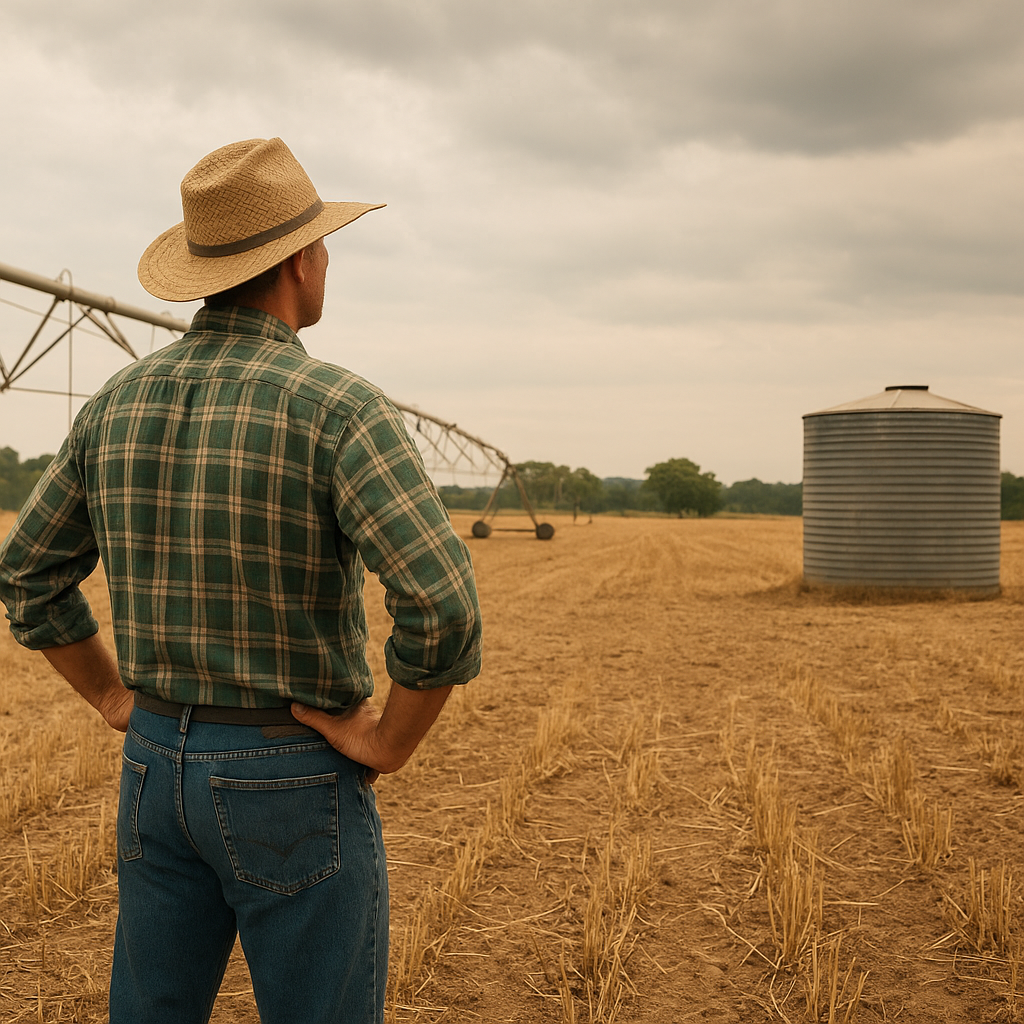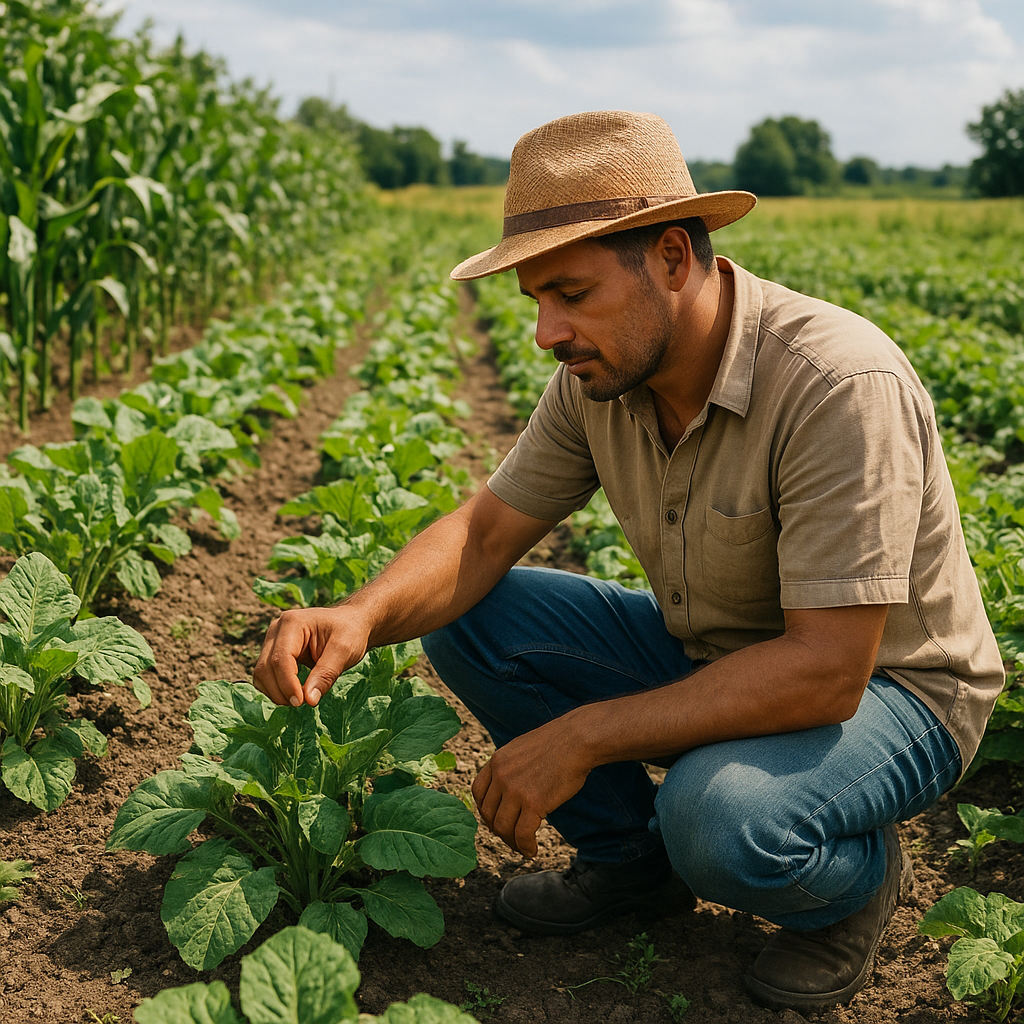
Preparing your farm to withstand prolonged dry spells is essential for maintaining productivity, profitability, and environmental balance. By focusing on key areas such as water management, soil health, and strategic crop planning, farmers can build resilience against unpredictable weather patterns. Implementing a combination of traditional practices and modern technology ensures long-term stability and promotes sustainable operations even under challenging conditions.
Understanding Drought and Its Impact
A thorough grasp of what constitutes a drought and how it affects agricultural systems lays the foundation for effective preparation. Droughts are characterized by below-average precipitation, leading to depleted water reserves and decreased soil moisture. The severity can range from mild—where crops experience slight stress—to extreme, causing widespread crop failures and economic losses.
- Hydrological Drought: Affects rivers, reservoirs, and groundwater levels, reducing available water for irrigation.
- Agricultural Drought: Impacts crop growth directly, resulting in stunted development, lower yields, and compromised quality.
- Socioeconomic Drought: When water scarcity disrupts markets, labor availability, and rural livelihoods.
Recognizing early warning signs—such as declining reservoir levels, prolonged heatwaves, and dry soil profiles—allows farmers to activate contingency plans. Monitoring local weather data, soil moisture probes, and satellite imagery enhances situational awareness and informs timely decision-making.
Water Management Strategies
Optimizing Irrigation Systems
Upgrading to efficient irrigation methods reduces water waste and ensures crops receive the right amount at the right time. Key approaches include:
- Drip Irrigation: Delivers water directly to the root zone, minimizing evaporation and runoff.
- Subsurface Irrigation: Buried drip lines maintain consistent moisture in the root zone, cutting surface losses.
- Automated Scheduling: Integrate soil moisture sensors and weather forecasts to avoid overwatering and adapt to changing conditions.
Harnessing Rainwater Harvesting
Collecting and storing rainwater during wet periods provides an auxiliary supply for dry spells. Techniques range from simple rain barrels to expansive catchment ponds:
- Roof‐Mounted Gutters and Barrels: Ideal for small to medium-scale farms; can cover greenhouses or storage buildings.
- Contour Trenches and Swales: Capture runoff in fields, allowing gradual infiltration and recharging soil profiles.
- Retention Ponds: Store large volumes for later use, beneficial in areas with distinct rainy seasons.
Proper maintenance—such as clearing debris and checking structural integrity—ensures stored water remains clean and usable for irrigation.
Soil Conservation Techniques
Healthy soil acts as a natural reservoir, retaining moisture and providing a stable medium for roots. Adopting conservation practices enhances water retention and nutrient cycling:
- Mulching: Applying organic or synthetic covers reduces evaporation rates, suppresses weeds, and moderates soil temperature.
- No-Till and Reduced Tillage: Maintains soil structure and microbial health, preventing crusting and runoff.
- Cover Crops: Legumes, grasses, and brassicas not only protect the surface but also improve organic matter and porosity.
- Compost and Biochar Amendments: Increase water-holding capacity and deliver essential nutrients over time.
- Terracing and Contour Farming: Slow down surface water flow, allowing more infiltration and reducing erosion.
Incorporating regular soil testing—analyzing texture, pH, and nutrient levels—enables tailored amendments that boost moisture retention and plant vitality.
Crop Selection and Planning
Choosing the right crops and structuring planting schedules around anticipated dry periods can significantly mitigate risk. Emphasis should be placed on:
- Drought-Tolerant Varieties: Select cultivars bred for deeper root systems and reduced transpiration rates.
- Crop Rotation: Rotating cereals, legumes, and oilseeds helps break pest cycles, improve soil fertility, and optimize water usage.
- Intercropping: Growing complementary species together maximizes ground cover and resource efficiency.
- Staggered Planting Dates: Sowing at intervals spreads maturity windows, reducing exposure of all plants to peak drought stress.
- Early Maturing Crops: Harvest before the driest months to secure yields.
Proper seedbed preparation—ensuring firm, crumbly structure—promotes quick emergence and root penetration in moisture-deficient soils.
Innovative Technologies and Data-Driven Approaches
Advancements in agri-technology empower farmers to optimize resource use and respond proactively to evolving conditions. Key tools include:
- Remote Sensing and Drones: Provide high-resolution imagery for monitoring crop health, soil moisture anomalies, and pest outbreaks.
- IoT Sensors: Soil probes and weather stations supply real-time data, enabling precision adjustments in irrigation and inputs.
- Decision Support Systems (DSS): Software platforms integrate data streams to recommend best practices and predict yield outcomes.
- Mobile Apps and Alerts: Deliver weather forecasts, market prices, and agronomic advice directly to field managers.
Leveraging predictive modeling—combining historical climate data with machine learning—allows for scheduling planting, irrigation, and harvest activities with greater confidence.
Community Collaboration and Resource Sharing
Pooling knowledge, equipment, and financial support through local networks strengthens collective ability to face water scarcity challenges:
- Cooperative Bulk Purchasing: Reduces costs for seeds, fertilizers, and water-saving equipment.
- Equipment Sharing Pools: Enable access to expensive irrigation gear, moisture probes, and conservation tools.
- Knowledge Exchanges: Regular workshops, field days, and demonstration plots spread effective strategies for conservation.
- Government and NGO Programs: Tap into grants, low-interest loans, and technical assistance focused on drought resilience.
Building strong relationships with extension services and research institutions ensures farmers stay informed about emerging practices and policy incentives.

